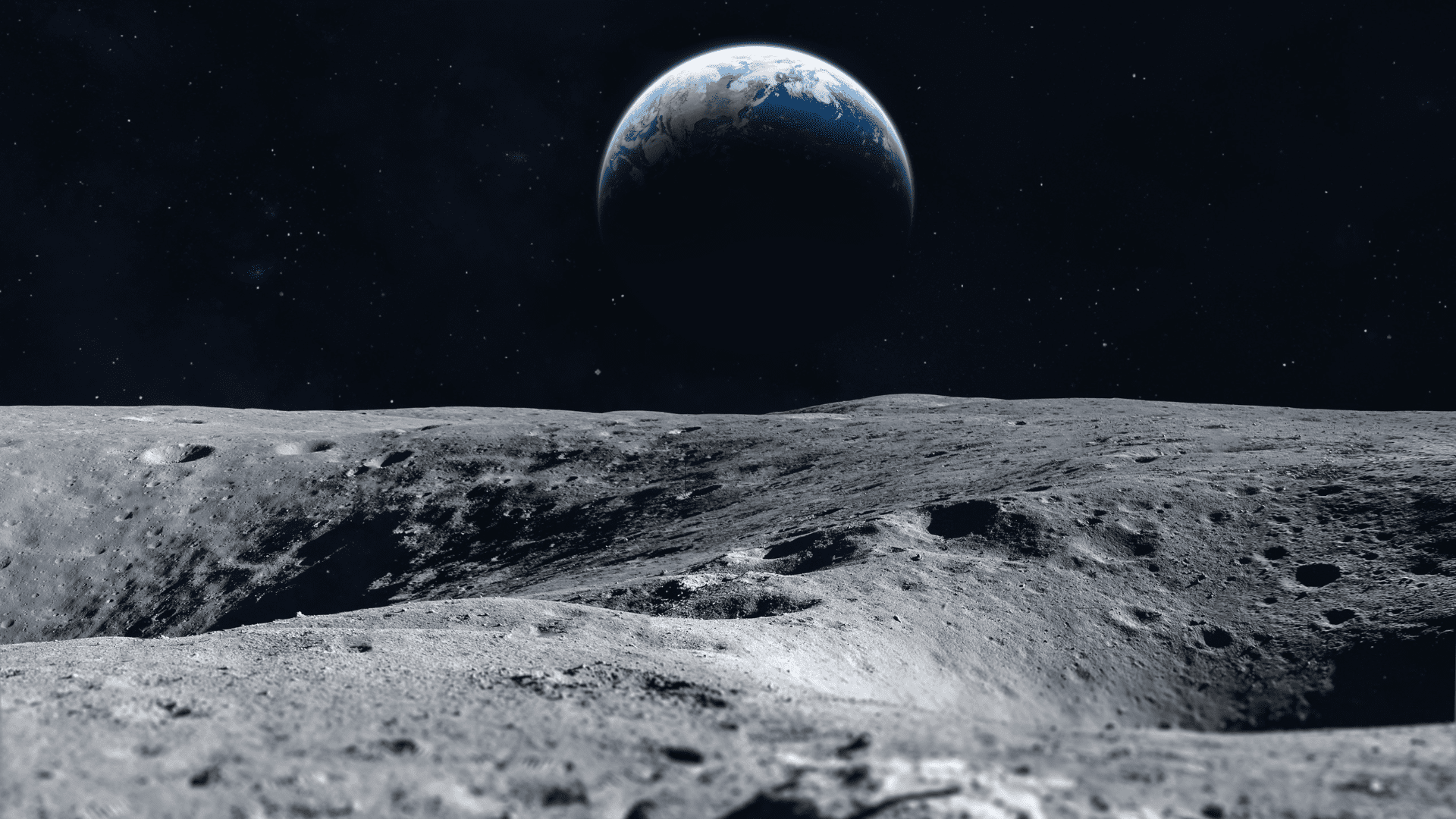For the first time, scientists discovered a cave on the Moon. The researchers believe the cave is one of probably hundreds of caves underground. They say the discovery could make the perfect permanent base for humans.
Moon Cave

According to the researchers, the opening is approximately 100m deep, making it an ideal spot for humans to build a base. There is a massive urgency to get a human presence on the Moon, but there is a major risk of radiation, extreme temperatures, and space weather. Helen Sharman was the first British astronaut to travel into space. She suggested to BBC that the newly-discovered cave “looked like a good place for a base.” In addition, she believes humans could end up living in the pits in 20-30 years.
However, this is no easy task for humans who are potentially living under the lunar surface. Sharman said that astronauts would have to repel down to the cave and use “jet packs or a lift” to get out.
Lorenzo Bruzzone and Leonardo Carrer from the University of Trento in Italy discovered the cave using radar to work their way into the opening of a pit. The pit is on a rocky plain, Mare Tranquillitatis. In fact, this is the same location of the Apollo 11 landing in 1969, which the naked eye from Earth can see.
The cave has a skylight on the Moon’s surface, meaning an opening shines down. This leads to vertical and overhanging walls. In addition, researchers believe a slopping floor may extend underground. When lava flowed on the Moon, it created tunnels through the rock. This was millions or billions of years ago. Prof Carrer said the closest equivalent on Earth is the volcanic caves in Lanzarote, Spain. Researchers visited those caves during their work.
Caves for a Lunar Base

“It’s really exciting. When you make these discoveries, and you look at these images, you realize you’re the first person in the history of humanity to see it,” Carrer said.
After understanding how big the lunar tunnel is, they realized it makes an ideal location for a lunar base. Carrer said, “After all, life on Earth began in caves, so it makes sense that humans could live inside them on the Moon.” The caves have yet to be fully explored, but researchers hope modern technology could help get that job done. For example, they could use penetrating radar, cameras or even robots to map them.
Scientists first realized that caves may exist on the Moon, but they never figured out how deep they were. This was about 50 years ago, and in 2010, a camera captured images of potential entrances. In addition to not knowing the depth, they also didn’t know if they would collapse. A lot of Bruzzone and Carrer’s work is done, but they still need to understand the full scale of the caves.
Francesco Sauro is the Coordinator of the Topical Team Planetary Caves of the European Space Agency. He told BBC News, “We have very good images of the surface – up to 25cm of resolution – we can see the Apollo landing sites – but we know nothing about what lies below the surface. There are huge opportunities for discovery.”
Research also opens up the potential to explore caves on Mars and even life on the Red Planet because if human life existed, caves would be a great way to escape the elements.







